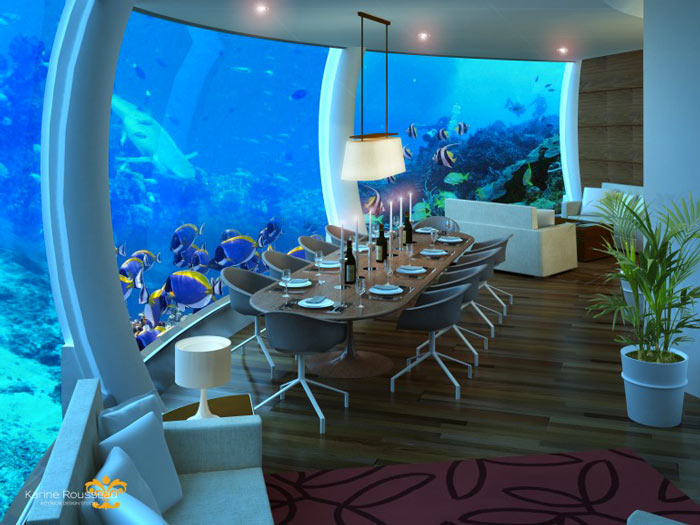
The Navy’s Nuclear Propulsion Program made safe, resilient nuclear reactors an absolute top priority. The goal of the program was to ensure that a submarine’s hull would retain pressure in the event of an accident and she would be able to surface. Still, how did a submarine survive a high-speed collision with a mountain? In 1963, immediately after the loss of USS Thresher, the Navy instituted the SUBSAFE program. The heroic actions of the crew were essential to the submarine’s survival. In January, it began a two year conversion that will turn her into a permanently moored training submarine. The submarine rejoined the fleet in 2009 and served for another seven years. The bow of sister submarine USS Honolulu, soon to be retired, was removed and welded onto San Francisco. The damaged portion of the boat’s bow was removed. The Navy’s charts were not updated with the new data-according to the UMass report, the Navy believed that with the cessation of the Cold War the crash site area was not a high priority for mapping, and that priority had instead been given to the Middle East region to support the Global War on Terror.Īfter repairs to ensure hull integrity, San Francisco traveled under her own power to Puget Sound, Washington. According to a study of the incident prepared by the University of Massachusetts in 2008, a Landsat satellite image showed a seamount in the area of the collision that rose to within one hundred feet of the surface. The chart used by San Francisco’s crew were prepared by the Defense Mapping Agency in 1989. The submarine was supposed to immediately rise, but it was an agonizing thirty seconds before the sub began to surface. Unknown to the crew, the impact of the explosion had punched huge holes in the forward ballast tanks. The crew threw the emergency blow activator, known as the “ chicken switch”, that immediately blast compressed air into the San Francisco’s ballast tanks. Ninety eight crewmen were injured with one, Machinist’s Mate Second Class Joseph Allen Ashley, fatally injured.ĭespite their injuries, and not having any idea what had just happened, the captain and his crew rushed to surface the boat. A chief petty officer described the scene as looking like a “slaughterhouse”, with blood running everywhere. In an instant many suffered bruises, lacerations, broken bones and fractures. Men throughout the ship were thrown from their stations against their surroundings. There was a shudder and then a tremendous noise. According to The New York Times, the captain went to lunch and the navigation officer, believing it was safe to do so, dived the sub from 400 to 525 feet and accelerated to flank speed.Īt approximately 11:42 local time, while transiting the Caroline Islands mountain chain, the submarine came to an abrupt-and unexpected-halt. Navigation plotted the route based on undersea maps that were generally agreed to give the most complete view of the seabed. She was 360 miles southeast of Guam heading to Brisbane, Australia for a liberty stop. On January 8, 2005, the USS San Francisco was traveling at flank (full) speed-approximately 38 miles an hour at a depth of 525 feet. A typical crew consisted of 129 officers and enlisted men.

A General Electric PWR S6G nuclear reactor provided 35 thousand shipboard horsepower, driving the submarine to a speedy 33 knots. Like all Los Angeles subs, she displaced 6,900 tons submerged, was 362 feet long, and had a beam of 33 feet. Pacific Fleet and served there throughout her career. Submarine builder Newport News Shipyard began construction on her in 1977, and she was commissioned on April 24, 1981.

USS San Francisco is a Los Angeles-class nuclear attack submarine. The incident was a testament to the design of the submarine and the training and professionalism of her crew.

Despite the damage the ship sustained and the crew’s injuries, the USS San Francisco managed to limp to her home port of Guam on her own power. Navy attack submarine collided head-on with an undersea mountain at more than thirty miles an hour. Even so-called underwater mountains can’t sink them: In 2005, a U.S. The US Navy certainly builds the world’s best submarines.


 0 kommentar(er)
0 kommentar(er)
